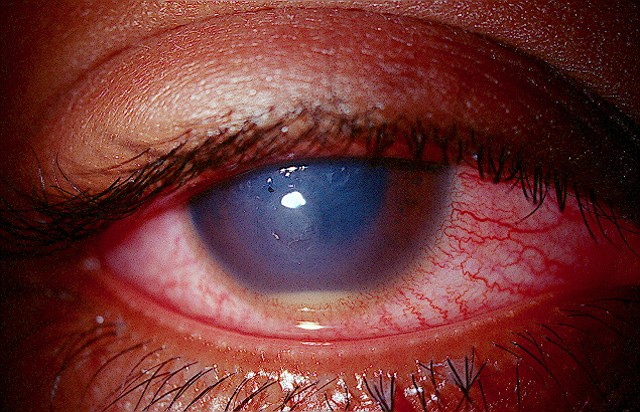 |
If passed, California's scope bill would permit the states' ODs to perform a number of advanced procedures. Click image to enlarge. |
A recent study identified several differences between endophthalmitis cases presenting in rural and urban hospitals. Among their findings, bacterial endogenous endophthalmitis was more common in the rural group, and Candida endogenous endophthalmitis was observed more in the urban cohort. They also reported that vitrectomies, central venous catheterization and mechanical intubation were performed more frequently for this patient population in urban facilities.
This research effort, which involved data from the 2002-2014 National Inpatient Sample (NIS) Database, sought to investigate US trends in urban and rural cases of endogenous endophthalmitis. Codes from the International Classification of Diseases, Ninth Revision (ICD-9) were used to identify disease diagnoses and procedures.
The study authors defined endogenous endophthalmitis cases as endophthalmitis in the setting of bacteremia or candidemia without a recent history of ocular trauma. In the NIS Database, urban and rural hospitals are defined based on the hospital county’s population statistics.
The researchers identified 8,255 cases of endogenous endophthalmitis, with 6% occurring in rural areas and 94% in urban settings, as might be expected based on population distribution. Of the total endogenous endophthalmitis cases, 7,692 (93%) were bacterial, 412 (5%) were Candida and 151 (2%) were mixed.
The data found that Candida endophthalmitis was observed in 2% of rural cases and 5% of urban cases. Additionally, the researchers reported that pars plana vitrectomies were performed more often in urban hospitals when compared with rural settings (12% vs. 3%). The research also showed that patients in urban hospitals had a longer length of stay; however, they also had lower mortality when compared with their rural counterparts.
“Endogenous endophthalmitis remains a rare but devastating ocular infection. In this study, we have demonstrated that there are important differences in cases of endogenous endophthalmitis that present to urban and rural hospitals,” the study authors noted in their paper. “Future investigations into these differences in patient demographics, source/systemic infections and hospital courses may allow clinicians and hospitals to develop a more targeted approach to treating endogenous endophthalmitis based on the type of community from which the patient presents.”
Uppuluri A, Zarbin MA, Bhagat N. Trends in endogenous endophthalmitis in rural and urban settings in the United States. Ophthalmic Epidemiol. July 17, 2022. [Epub ahead of print]. |

